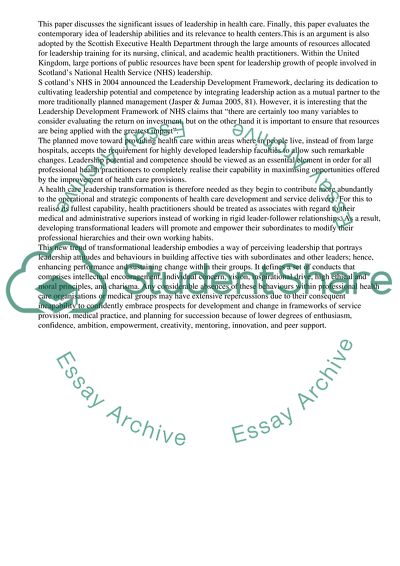Cite this document
(Health Care Leadership in Era of Instability Coursework, n.d.)
Health Care Leadership in Era of Instability Coursework. Retrieved from https://studentshare.org/management/1735803-leadership-in-health-care
Health Care Leadership in Era of Instability Coursework. Retrieved from https://studentshare.org/management/1735803-leadership-in-health-care
(Health Care Leadership in Era of Instability Coursework)
Health Care Leadership in Era of Instability Coursework. https://studentshare.org/management/1735803-leadership-in-health-care.
Health Care Leadership in Era of Instability Coursework. https://studentshare.org/management/1735803-leadership-in-health-care.
“Health Care Leadership in Era of Instability Coursework”, n.d. https://studentshare.org/management/1735803-leadership-in-health-care.


